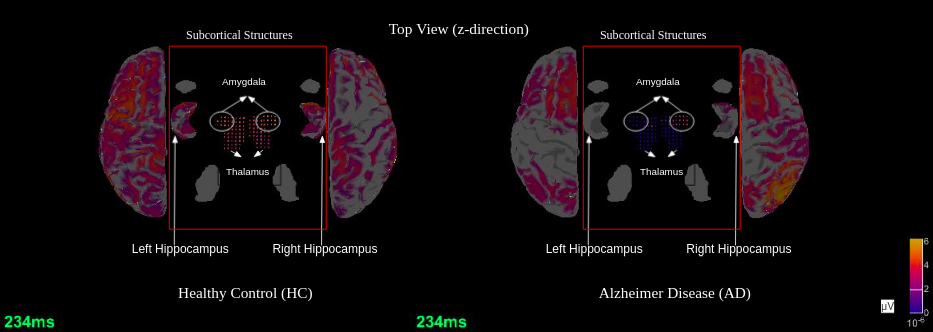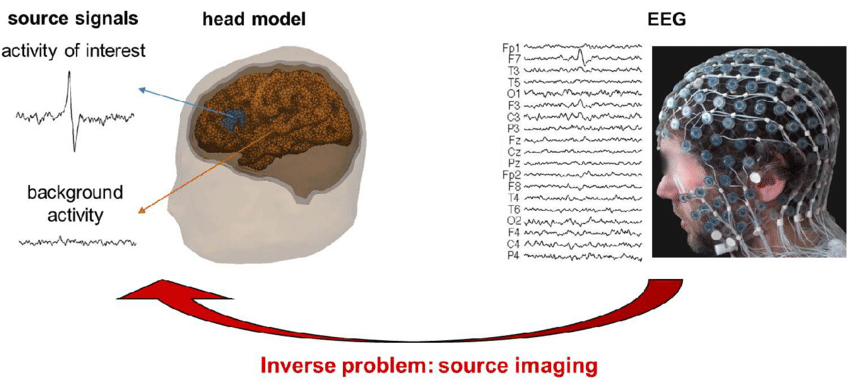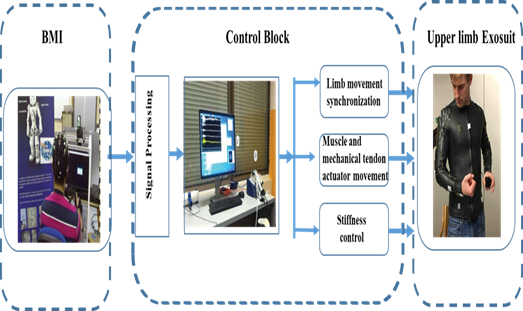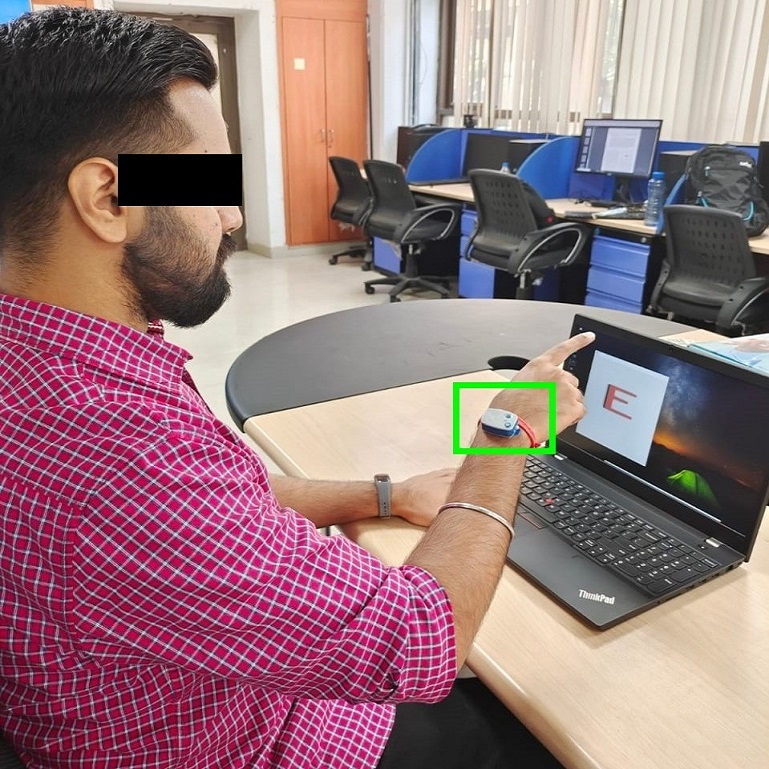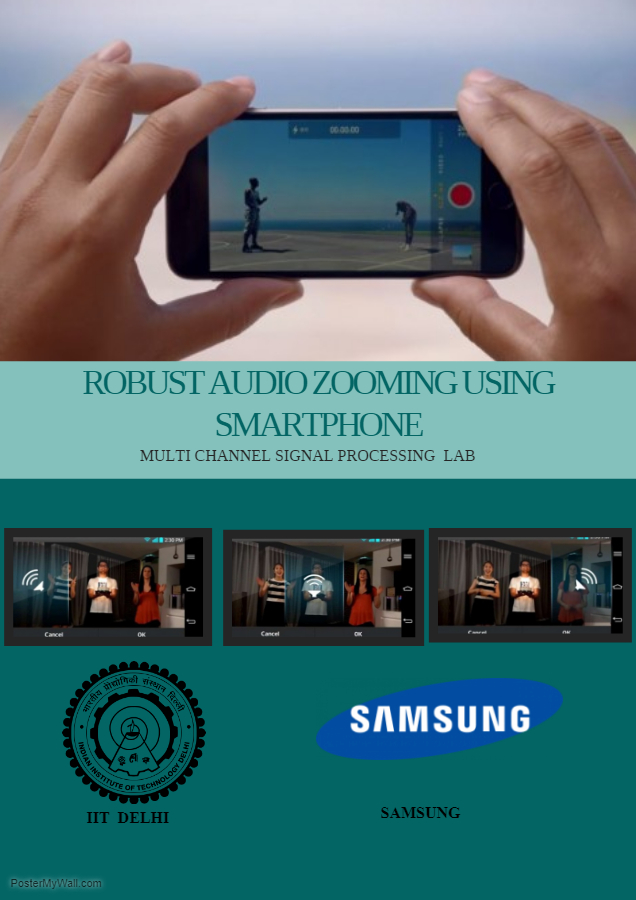Research
With increased computational power and evolution of compact device technology, sensor arrays are being used in hand held devices like mobile phones to large scale defense equipments. This is because compared to single channel signal processing methods, high interference suppression can be obtained using an array. The spatial information of a sound source is captured using array geometry. The additional information can be used for tracking and/or beamforming. The beamforming capabilities of a sensor array is fundamental to many civilian applications and defence system. Some of the civilian applications include acoustic scene analysis, speech separation, distant speech recognition, surveillance, assisted living environments and hands-free communication. A great deal of attention has been given to space-time adaptive processing (STAP) algorithms and design of space-time beamformers to mitigate the effect of clutter and jamming in defence applications. In Array Signal Processing domain, the current research focus are :
